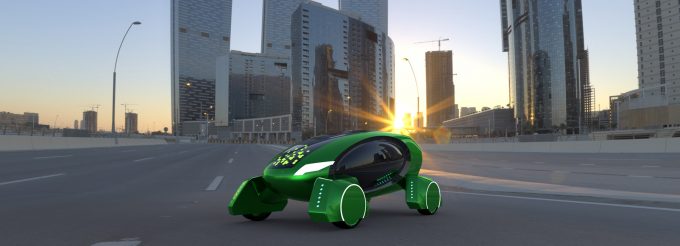DHL's Alice cargo plane takes to the skies in an electric wonderland....
DHL Express’ electric aircraft plans went airborne this week, with the maiden flight of its ...

How do you feel about handing over the wheel of your car? Many of us love driving but this is due to change. Driverless cars already exist in some forms, but they will hit the mass market in the early 2020s and will develop over ...
CMA CGM South Korean staff strike over bonuses after bumper 2024 profit
MSC switches two more Asia-Europe port calls from congested Antwerp
CMA airline returns two freighters, while ANA takeover of NCA looms
Nightmare for Bangladeshi exporters as congestion and tariffs bite
Tradelanes: Export boom in Indian sub-continent triggers rise in airfreight rates
Carriers introduce surcharges as congestion builds at African ports
Ports and supply chain operators weigh in on funding for CPB
Box ship overcapacity threat from carrier appetite for new tonnage

Comment on this article